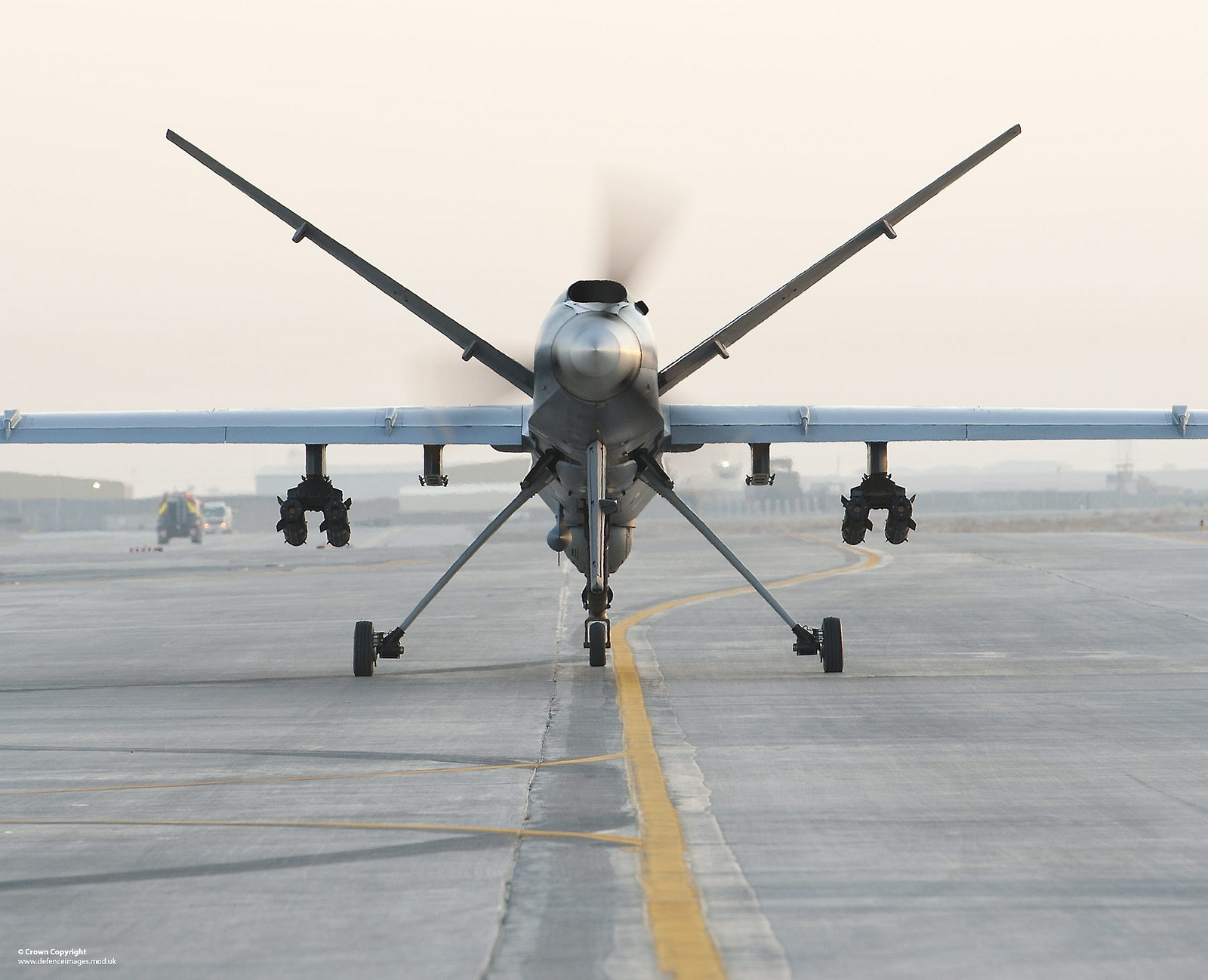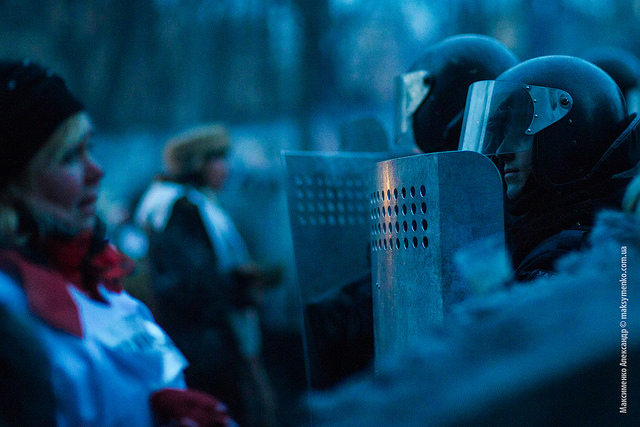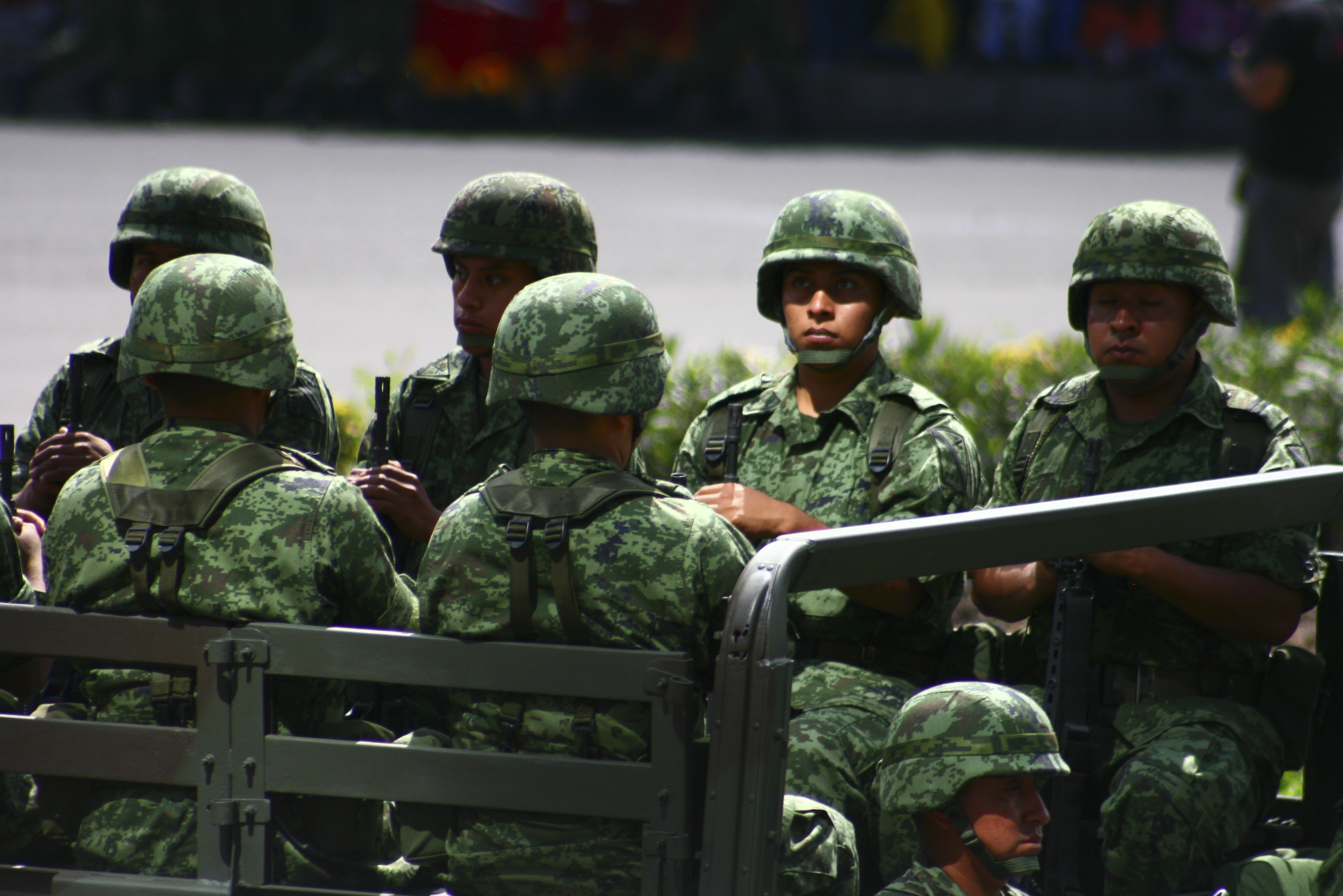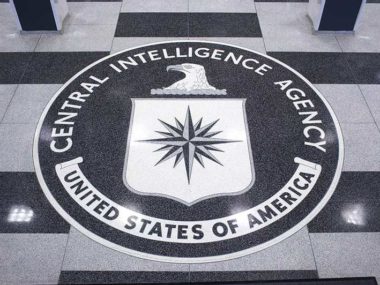Guest post by Jon R. Lindsay.
Hollywood action flicks are increasingly likely to feature drones as a technological novelty, but they usually overplay the stereotype of remote control combat as a video game. By refreshing contrast, the new film starring Helen Mirren and Alan Rickman, Eye in the Sky, offers a serious cinematic treatment of the robotics revolution in modern warfare. Shattering a number of myths about drones, this film is about the people behind the robotic cameras and, most especially, the moral dilemmas of combat and the fog of war that technology cannot dispel.
The plot follows a single tactical reconnaissance mission in the Horn of Africa that morphs into a fleeting opportunity to kill high-value al-Shabab terrorists who are about to stage a suicide bombing. Before the committee of stakeholders watching from afar can make up its mind whether to pull the trigger, a little girl shows up to sell bread within the anticipated blast radius of the strike. Most of the film concerns the efforts of various actors to avoid or spin this ‘collateral damage’ risk, which makes it seem more like a courtroom drama than a war movie. Is the life of one innocent child worth the chance to save many more? This conundrum comes right out of an ethics textbook, but watching it play out in real time across a global communications network is both compelling and surreal.
Everyone, including the audience, experiences war through a glowing rectangle, except, of course, for the potential victims of the Reaper’s Hellfire missiles. Operators may be bodily remote from the action, but as MIT historian David Mindell shows in his book about underwater, aerial, and spacefaring robotics, remote experience has an intimacy and immediacy to it that belies the physical separation. It is a myth that participants in precision warfare are inured to the consequences of their interventions. The greenhorn pilot and sensor operator in the film, flying together for the first time and untested in combat, may be safely protected from enemy fire in their control van in Nevada, but they agonize over their orders and the changing situation on the ground. Indeed, drone pilots in the real world, who may follow their victims for days before firing on them, are not insulated from post-traumatic stress disorder and may even experience it at higher rates.
No military robot is truly autonomous, but rather is part of a sprawling sociotechnical network, in this case commanded from Britain, flown from Nevada, analyzed in Hawaii, and authorized from several other locales. Military weapons may be able to range further and strike more precisely than ever before, but this capacity depends on a dramatic increase in the complexity of organizations that control them. The film dramatizes two particularly striking aspects of this development: the increasing involvement of senior leaders in tactical decisions and the increasing legalization of warfare. When tactical action can have strategic effects, civilians and commanders have strong incentives to make sure that military means advance strategic goals and that they accord with the rules of engagement (ROE).
Yet the ability for civilians to intervene and the presence of lawyers at the trigger also sets the stage for certain pathologies in civil-military relations. Law can be used as a tool to limit military action or to justify it. Political opponents of an action can use law instrumentally to block it even when it seems desirable by some criteria, and backers of the same option can search for loopholes in the law to press forward with ethically questionable actions. The movie sets up a dichotomy between dithering civilians and determined commanders on the British side, but on the American side it is the reverse, with callous civilians pressing for action and more emo airmen who hesitate to commit (ruthlessness and compassion know no gender boundaries in this film either). The accuracy of technical intelligence and precision munitions contrasts profoundly with the political and ethical ambiguities of warfare by distributed legal committee. Indeed, the reduction of some kinds of uncertainty only magnifies other kinds.
Another myth of drone warfare the movie counters is the idea that it can be waged completely from afar. The effectiveness of bombing operations from Vietnam to Afghanistan, regardless of whether or not the bombers have been manned or unmanned, has often turned on the presence or absence of ground forces who can identify and designate targets. Strikes based on signals intercepts and other remote signatures are prone to error, which may be unacceptable in a politically sensitive environment (in the movie British officials are reticent to strike a target in Kenya where they are not at war). Even with sophisticated technical surveillance, including cool drones that look like birds and insects, you still need agents on the ground to emplace and operate sensors or interact with the locals. When things go wrong with fancy gadgets, it is helpful to have someone who can blend in with the local population and think on his feet.
Eye in the Sky challenges many stereotypes of drone warfare and highlights some of the associated problems in modern civil-military relations. It showcases the professionalism of the operators and analysts involved in modern distributed combat operations, and it provides no easy answers to the problems of intelligence-driven targeted killing. Moral choices in war are rarely, if ever, between good and bad, but rather between bad and worse. Technology changes none of this; it merely shifts the institutional venue in which these dilemmas emerge. The movie should be valuable for encouraging discussion in the classroom and, potentially, for furthering the broader conversation about the automation of war.
Jon R. Lindsay is Assistant Professor of Digital Media and Global Affairs at the University of Toronto’s Munk School of Global Affairs.







